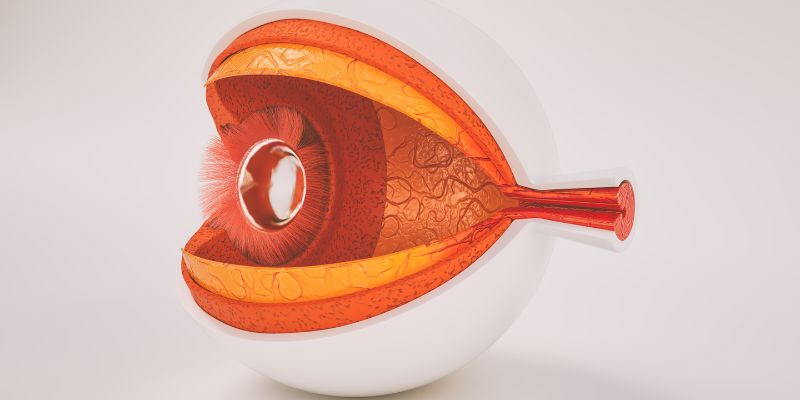How to Make a Meal Plan for a Diabetic Patient: A Guide For Diabetics
Adopting a healthy lifestyle and carefully curated diet improves blood sugar levels. Therefore, people with diabetes should follow a good meal plan that meets their nutritional needs and helps them manage their blood sugar levels. But that is only possible if a meal plan for diabetes includes a rich nutrient diet low in carbs, calories, and fats. Plus, the meat plan must include fruits, vegetables, whole grains, nuts, and portions of proteins (fish, chicken), as all of these help in diabetes management.
Another important factor other than healthy eating is eating food in moderate amounts at regular mealtimes. If you are curious about how to make a meal plan or how eating at regular times will help you manage your diabetes, let this article help you understand all that!

Diabetes Meal Plan for Beginners: An Understanding
Why do you need a diet plan? If you are a diabetic or pre-diabetic, most probably, the first thing that your physician will tell you is to consult with a dietitian and develop a meal plan that helps manage your blood sugar. The meal is one of the most important factors besides medications and exercise. These meal plans help you control the amount of glucose in your blood, eventually keeping you from gaining weight.
The meal plan can also help you to reduce your weight if it is above the normal range, keep your blood pressure within the normal range, and control the amount of blood fats. If you don't follow a diet plan or eat what is recommended by the dietitian, you are most likely to take multiple medications, and in the worst-case scenario, it can badly affect your heart's health and increase the risk of a heart attack.
How To Make A Meal Plan For A Diabetic Patient?
The extra calories and carbohydrates in your meals produce extra sugar when digested and increase your blood sugar. If this continues for a while, your body will suffer more health complications that can lead to nerve, kidney, and heart damage. Therefore, diabetic patients must regularly take a good diet with all the necessary nutrients. It will keep their body's nutritional value intact, let them stay healthy, and maintain their blood sugar level.
Another plus is that it helps them use the insulin they either get from medications or make themselves better. So, understand your needs, goals, and lifestyle, and then create a diet plan for diabetes that is best for you and let you achieve all of your goals. Similarly, you should improve your eating habits and choose the right size according to your physical activity level. If you don't know how to make a diet plan for yourself, we have already created it; find it in the next section!
Diet Plan for Diabetes
When making a diet plan for diabetes, be careful while selecting the food items for your meals. The amount of food in a meal or meal portion is also carefully made to keep your sugar level in a controllable range. Besides that, ensure that your diet plan includes all the necessary nutrients. You can also make personalized choices based on your lifestyle, dietary habits, sugar fluctuation, weight, body size, activity level, diabetes intensity, medication, and food choices. The menu below suits someone who requires 1200 to 1600 calories a day:
Breakfast
- 1 Cup or small bowl of low-fat plain Greek yogurt
- Cup of blueberries
- Three tablespoons of chopped walnuts
Lunch
- Roasted chicken sandwich with whole wheat bread
- Salad including lettuce, tomato, and sauce for dressing (mayo, mustard, etc)
- Apple and water
Diner
- Salmon, with tablespoon vegetable or olive oil
- cup carrots and cup of beans
- Small back potatoes
- Unsweetened Cup of iced tea
Snack
- Popcorn with tablespoon cheese dressing
Recommended Foods for Diabetes
The recommended diet for diabetes comprises nutritious foods, healthy carbohydrates, good fats, and rich fiber. Nutrient-rich options must fulfill your calories rather than plain carbohydrates and meat:
Food With Healthy Carbohydrates
Whatever food you eat breaks down into sugar and starches after digestion, which further enters your blood through glucose, increasing your blood sugar levels. Sugar and starches are known as complex carbohydrates, but there are healthy carbs that have all the nutrients and do not affect your sugar level much. These include
- Fruits and vegetables
- Whole grains, legumes (beans and peas)
- Low-fat dairy products (milk and cheese)
Sugary drinks contain high sugar content, and processed food with high fat, sugar, and sodium should be avoided.
Fiber-Rich Foods
Fibers help digestion, and their content is less absorbed in your blood, keeping your sugar content levels moderate. Plus, they help to control your sugar levels. Foods that are high in fiber are plant-based, such as
- Fruits and vegetables
- Nuts, beans, peas
- Whole grain
You can also add fish to your diet plan and eat it at least twice weekly. Fish like tuna, salmon, and sardines contain omega-3 fatty acids. Similarly, you can take them from avocados, nuts, and olive or peanut oils to cater to your fat needs.
Maintain a Regular Meal Routine
Maintaining a regular meal routine is mandatory to avoid unnecessary spikes in your blood sugar. A routine of three meals, one or two with fiber and proteins, keeps your energy and sugar levels within range. Skipping meals causes overeating at the end of the day, which results in blood sugar spikes and leaves you feeling lethargic.
Conclusion:
Adopting a healthy eating plan has multiple benefits, especially if you have diabetes. It works magic: it keeps your sugar level low, helps your body recover and strengthen its immune system, and prevents complications due to an unhealthy lifestyle. After understanding your body's needs, lifestyle choices, and physical activity, you can make a meal plan. In this way, you can get a meal plan for diabetes that provides nutritional value, keeps your blood sugar in the normal range, and keeps you in shape. For beginners, you can follow the meal plan mentioned in the article to start and make the necessary changes after consulting with your dietitian.













